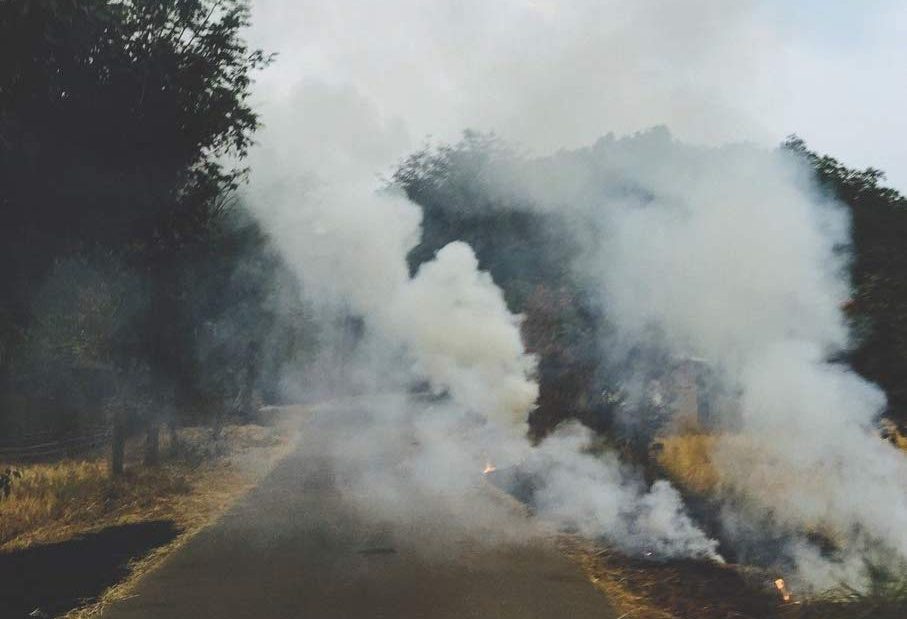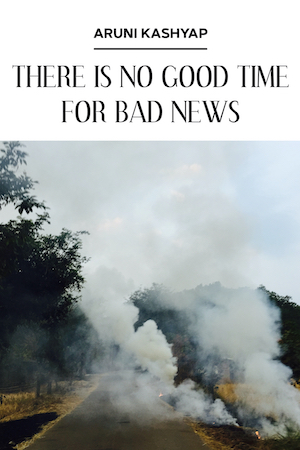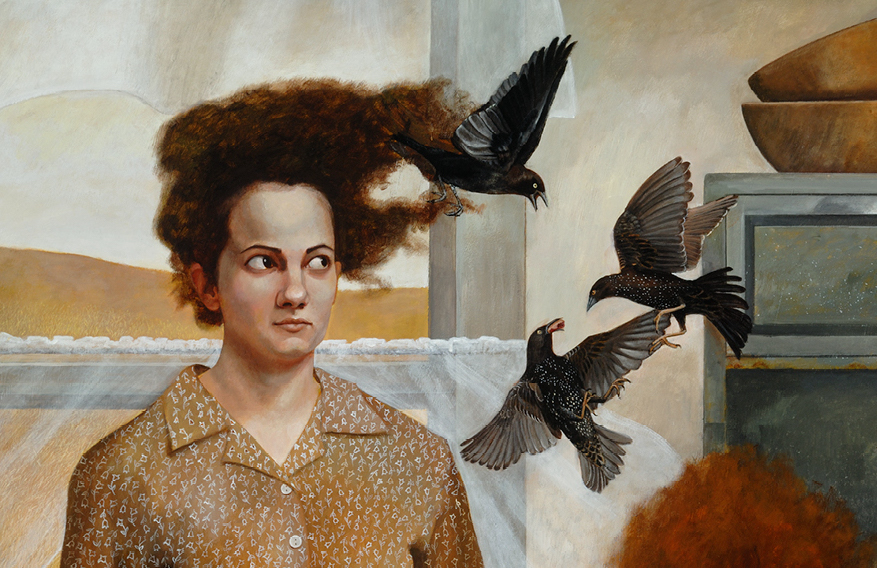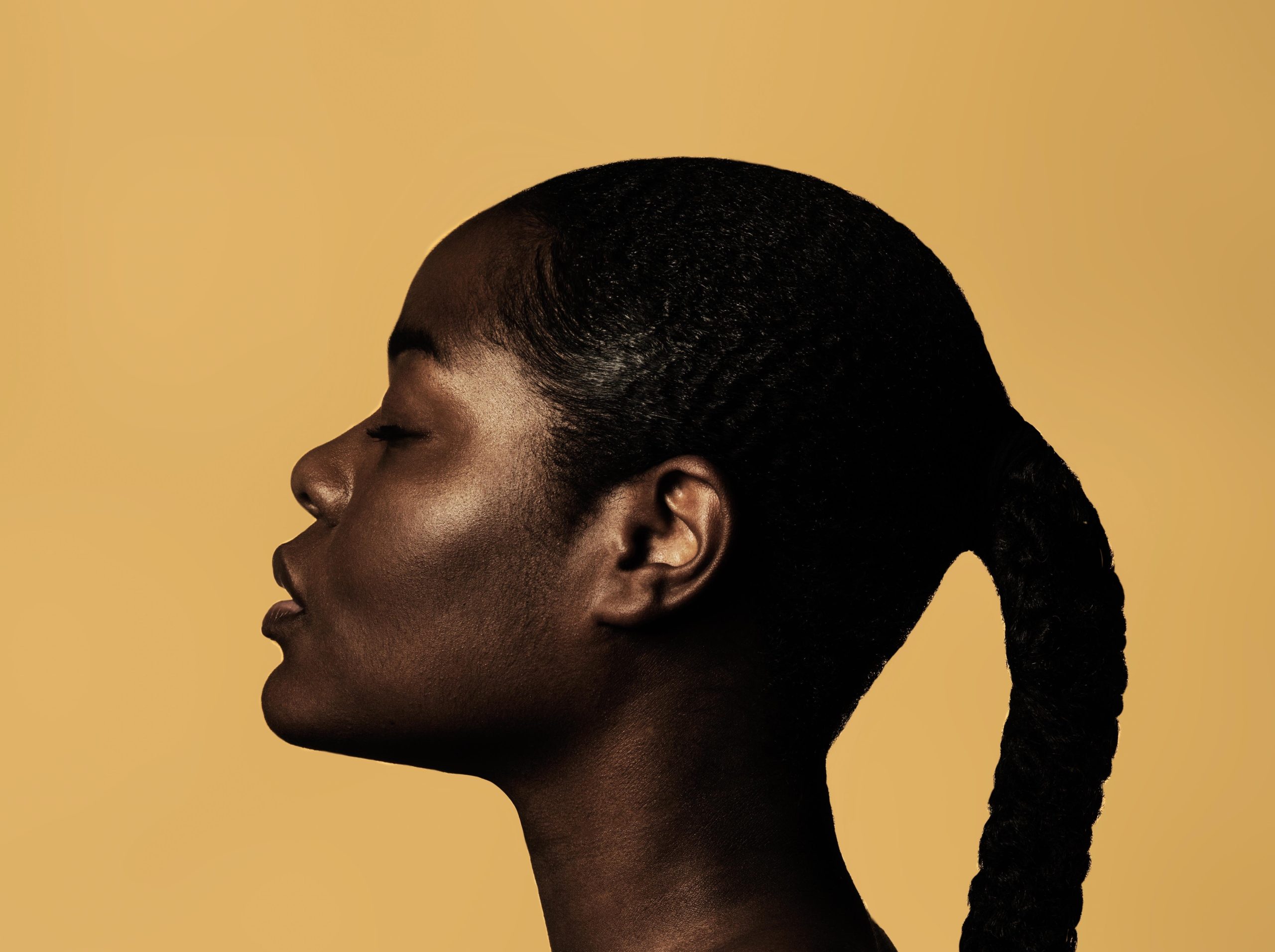interviews
Poems That Bear Witness to State Violence and Insurgency in Assam
Aruni Kashyap's collection "There Is No Good Time for Bad News" shows how the oppressor and the oppressed are not mutually exclusive categories

Aruni Kashyap’s debut poetry collection, There Is No Good Time for Bad News, tells the story of India’s diverse and strife-riven borderlands, which have been neglected in Indian books, films, and television shows that have become increasingly popular in the U.S. Kashyap’s homeland, the northeastern border state of Assam, has witnessed an armed insurgency against the Indian government since 1979. The Assam depicted in the poems—the distinctive cultural identity, linguistic diversity, and varied tribal communities alongside its resistance to violent nationalistic integration—offers a powerful counterpoint to the standardized Indian identity enshrined in mainstream narratives: Hindu, heterosexual, and high-caste.
Kashyap’s poems bear witness to the enduring effects of living under protracted state violence. He draws on a range of first-person narrators, from victims and survivors to insurgents and soldiers, to express how violence ripples across generations, and shapes both the oppressor and the oppressed. Crucially, oppressor and oppressed are not mutually exclusive categories: even as his narrators highlight state coercion, they emphasize the ethnic insurgency’s xenophobia towards migrants.
I spoke with Aruni Kashyap over email about identity, violence, and unexpected moments of beauty.
Pritika Pradhan: Your poems take the form of monologues by a range of characters. Could you tell us about your experience of writing in different poetic voices?
If we don’t critique India’s dark aspects, its human rights abuses, its hollow claims to being the world’s largest democracy, we cannot complain about it either.
Aruni Kashyap: The poems are the result of fieldwork I conducted almost a decade ago—the stories, anecdotes, and shared experiences of the survivors of the insurgency in my home state of Assam, one of many insurgencies in Northeastern India. At the time I was writing my first novel, The House With a Thousand Stories, set amid the insurgency. I grew up during this conflict and witnessed its effects on several members of my family. One of my cousins was tortured. An uncle never remained the same after one of his closest friends was shot dead while they were sitting and chatting in a public place. In high school, my best friend’s cousin was accidentally killed during the Secret Killings of Assam, a period of alleged extra-judicial killings when hundreds of people were killed allegedly by the Indian government to suppress the militancy, which is also the backdrop of my novel.
When I set out to write my novel, however, I was pursuing a master’s degree in English at Delhi University, and found it challenging to write at this remove. So I began traveling to the rural areas of Assam to talk to survivors of the conflict. Most of the poems in this collection resulted from this research—witness accounts and experiences that did not make it to the novel, but which I wanted to highlight and celebrate in some way. In writing these fictionalized monologues, I drew on the testimonio genre of Latin American literature, in which oppressive state agents are held responsible by the survivors of state terror by telling their stories. Writing in monologues enables me to retain a certain kind of immediacy and urgency that gives the speaker and the poem a lot of power.
PP: Your testimonial poems chronicle the history of Assam—and of India as a modern democracy—from the 1962 war to the insurgency from 1979 onwards to the contemporary Indian diaspora. How did this history shape your experience growing up in Assam, and your desire to be a writer and poet?
AK: I don’t want to romanticize tragedy, but I think growing up in a place where life is uncertain—where you are treated by the state as less than equal citizens—has enabled me to understand the differences between, and the value of joy and sorrow much more deeply. I know the value of joy because I have felt sorrow and tragedy so deeply. In that sense, I have had an emotionally rich life due to my upbringing in Assam. The public loss, the strong sense of belonging and identity, our complicated relationship with the larger narrative of the Indian state: these historical forces have made me who I am as a person, a scholar, a writer, and a teacher.
I think I would have been a writer anyway, even if I was born in Bhutan, which is known as one of the world’s happiest countries. However, as an indigenous, queer writer from a historically racialized and marginalized location, it is my duty to write what I have witnessed. Otherwise, no one would know that such things happened to my community. Writing is also a way of making sense of myself, by narrating the self.
If we don’t critique India’s dark aspects, its human rights abuses, its hollow claims to being the world’s largest democracy, we cannot complain about it either, because if you want a better country, you have to critique it. It is the best thing one can do as a citizen and a writer: to question. In order to achieve that, I had to give the poems global literary solidarity by borrowing the elements of the testimonio. So the collection not only offers a critique of democracy, but also brings the individual perpetrators to a public trial, in a text that would be publicly available for everyone to read. It was artistically challenging to reach there, but it started from a simple place: to narrate what I witnessed, what I was told. I was also inspired by the work of Carolyn Forché, who popularized poetry of witness among American readers.
PP: The growing canon of mainstream Indian English writers is largely silent on the violence committed by the Indian state against its own citizens in the borderlands. Why do you think this is the case? Does this silence attest to the relative privilege of Indian English writers—most of whom are upper class, upper caste, and male —and their complicity in the Indian state’s Hindu nationalist project?
We need a balance of stories: the story of diasporic melancholia, as well as the story from the borderlands that interrogates the idea of India and shifts our understanding of Indian literature.
AK: In Assam, I went to an English-medium school, where most students were from upper-middle-class families, with little connection to the rural areas where the insurgency and its consequences were brutal. It was in these sites that the violence orchestrated by the state forces was most palpable, where death was every day, torture was normal, and a bomb blast was occasional. But when I talked about these things to my classmates, many did not believe me. In fact, there was a huge disparity in how the conflict was covered in the English media in Assam, and in the local, Assamese-language media (which was bigger but had local reach due to linguistic limitations). When one of the now-folded independent weeklies, Budhbar (“Wednesday”), edited by the slain journalist and novelist Parag Kumar Das, published investigative reports of army atrocities, influential Assamese intellectuals accused them of exaggeration and sensationalism. So you can understand how class-blindness works.
Mainstream Indian English writers and Indian American writers are largely silent about the human rights abuses in India’s borderlands simply because most of them don’t know about it. The mainstream media, in its complicity with the state, does not cover it. In addition, mainstream writers benefit from their privileged position in the status quo. This is reflected in the content of their often beautifully written books: people who can move from one part of the world to another at the drop of a hat; characters who always go to study in rich private universities in the West. It is a body of work that is self-affirming and self-congratulatory, and consolidates the idea of India, while seldom looking inward and critiquing itself.
PP: The silence of mainstream Indian English and Indian American writers is ironic, considering their focus on anti-immigrant racism and diasporic loneliness. Yet the racism, casteism, and colorism within Indian society and the diaspora is ignored.
AK: This silence is intrinsically linked to the story of Indian immigration. When I moved to the US in 2011 to attend graduate school, I was appalled by the anti-Blackness I witnessed in the Indian diaspora. I was part of a mailing list of Indian immigrants, who would post racist memes about Black public figures. I was truly shocked, and it took me a long time to realize this was because the bulk of the Indian diaspora is a privileged group of upper-caste and upper-class people who have self-selected to emigrate and pursue a life here, and have brought casteism and racism with them. Knowing English is itself the result of privilege in India, with only ten percent of the population being able to read and write in English; of this, only a very select few can attend a private school in India, and apply abroad for their undergraduate or masters. The class and caste privilege that enabled this select group to migrate also insulated them from the reality in the borderlands, where villages in Nagaland and Assam were burnt, where the Indian army dropped bombs on its own citizens in Mizoram: they did not know because they could afford not to know.
However, I am less worried about Indian immigrants who attend Howdy Modi rallies, and openly wear their Islamophobia, homophobia, casteism, and racism. Of even greater concern are those privileged Indian celebrities and Hindu advocacy groups in the United States, who use the language of social justice to center themselves in the American liberal space, by clinging to their marginality, trying to monetize it, while tacitly supporting fascist regimes back home.
I am particularly worried by the so-called “Modi Democrats” who vote for the Democratic Party in the US, even as they support the party of Hindu fundamentalism in India. And this is enabled by the inability of white liberals to read caste and class among Indian diasporas. For the well-meaning white liberal, the brown Indian is simply another person of color, and hence it is hard to see them as perpetrators of racism and colorism. Mainstream Indian American celebrities exploit this simplified liberal view to their advantage. For its own sake, the American literary landscape should listen to Indian writers from marginal spaces.
However, the global conversation about Indian literature is gradually changing. There is increasing interest in India and in the US in texts from marginalized regions and underrepresented communities, often in translation. However, such conversations are happening in the margins: on the pages of small magazines, small presses, and independent, progressive online magazines such as Electric Literature, Warscapes, and Catapult. But that’s not a bad thing, right? Let the places in the center move to the margins and find us. We need a balance of stories: the story of diasporic melancholia, where the student eats a tortilla and thinks about chapati, as well as the story from Kashmir or Nagaland that interrogates the idea of India and shifts our understanding of Indian literature.
PP: What distinguishes your poems is your recognition that one can be oppressed while oppressing those more marginalized than oneself. The female narrator of “No One Would Hear Me If I Screamed” wonders why insurgents “terrorize [migrants]/ who were working harder than we were.” How does violence blur the line between oppressor and oppressed?
AK: Firstly, I don’t think violence solves anything. However, I do identify why rebel groups, after years of erasure and marginalization, take up violence as the last resort. Once you have chosen violence as the method, it consumes you and makes you a perpetrator. Eventually, it is the common people who suffer.
Assamese nationalist rhetoric presents the rebel groups sympathetically, as being forced to take up the larger cause of liberation. But it is hard for me to accept that narrative when the insurgents practice their own kind of bigotry, by turning on the common people settled in Assam from other regions, banning Hindi films, and so on, to send a message to the rest of the country. I can identify that this struggle is between the powerful Indian state and the oppressed people, but as a writer, I cannot only see that while overlooking other things. So I try my best to provide a detailed picture. And the project is ongoing: the mistakes I make in this project will hopefully not recur in the future.
PP: Several of your narrators are women, who are both nurturers and upholders of communal tradition and memory, and targets of traditional patriarchal and state violence. How does having women narrators affects your understanding and portrayal of suffering?
AK: I have women narrators because most of the survivors are women, and they suffered the most during the insurgency. As men left the villages to join the rebel groups, they suffered the loss of their loved ones, and again when these men were killed by the army. Women were tortured and raped by the army during counter-insurgency operations. So the women have stories that are even unknown to the men. Most of the people I spoke to were women. They are able to share not only the public story but also the intimate, daily stories in vivid detail.
PP: It seems to me that your poems expand the understanding of South Asian literature to encompass traditions and influences not necessarily associated with South Asian, Indian, or postcolonial writing.
As an artist, it is my job to find structure, joy, and beauty in the most horrible situations.
AK: My work is shaped by several literary traditions: Assamese, oral, British, American, African, and so on. If that expands the understanding of South Asian literature in the US, I will be delighted. I hope we will read more texts in translation, from other marginalized literary traditions, to expand and enrich fixed ideas of what is a good story. One of the reasons the US publishing culture is so insular is that they read so little in translation.
PP: Moments of unexpected beauty and tenderness are interspersed with terror in your poems. Two boys play while discussing how to survive a riot in “At Age Eleven, My Friend Tells Me Not to Wear Polyester Shirts.” It seems to me that such moments serve both as a balm for the violence and pain, and to amplify them.
AK: You will be surprised to know that until I moved to Delhi, I did not know that everyday issues such as public health or inflation could make the front page of a newspaper, because I was so used to the news of bomb blasts and gun battles. I think living in such traumatic circumstances ensured that we enjoy life to fullest. Assam still celebrates one of the largest book festivals I have known: the Assam Sahitya Sabha’s biennial conference, which attracts around half a million people. In fact, we sometimes complain that we in Assam are a bit too happy, that we celebrate too many festivals. I guess that is a way of coping? Perhaps this sort of obliviousness enables us to appreciate beauty. So the poems have everything: beauty and pain. As an artist, it is my job to find structure, joy, and beauty in the most horrible situations. Writing is a way of making sense of the chaos.









